Lesson Plan > Lesson 32 > Science
Elementary Level: Healthy Habits (Exercise, Nutrition, Hygiene)
Mid Level: Human Impact on Ecosystems
High Level: Human Impact on Ecosystems (Advanced)
Elementary Level (Kinder to Grade 2)

Subject: Healthy Habits (Exercise, Nutrition, Hygiene)
Alignment with Standards:
- NGSS K-LS1-1: Use observations to describe patterns of what humans need to survive (food, water, movement).
- CCSS.ELA-LITERACY.SL.1.5: Add drawings to descriptions to clarify ideas.
- CCSS.ELA-LITERACY.W.1.8: Recall information from experiences to answer questions.
Lesson Plan
Objective:
Students will identify and demonstrate healthy habits for exercise, nutrition, and hygiene by creating an illustrated poster.
Materials Needed:
- Poster board or large paper
- Magazines (for cutting out food/exercise images)
- Markers, crayons, glue sticks
- Printable images (healthy foods, toothbrushes, kids playing)
- Song: “Brush Your Teeth” by Raffi (for hygiene)
- Image Prompt: [See below]
Lesson Activities
1. Introduction (15 min)
Discussion:
- “What makes your body feel good?”
- Show 3 jars labeled “Energy,” “Strong,” and “Clean” (representing food, exercise, hygiene). Have kids sort items (e.g., apple → Energy; soap → Clean).
Video: Short clip from “The Magic School Bus Explores the Senses” (health habits segment).
2. Healthy Habits Sorting Game (20 min)
- Activity: Print/cut 15 images (e.g., running, candy, toothbrush). Students sort them into:
- Exercise (jumping, swimming)
- Nutrition (carrots, milk)
- Hygiene (handwashing, sleeping)
3. Create a Healthy Habits Poster (30 min)
- Directions:
- Divide the poster into 3 sections (Exercise/Nutrition/Hygiene).
- Draw or glue images for each.
- Add a slogan (e.g., “Wash Your Hands to Stay Super!”).
- Scaffolding:
- Pre-write headings for struggling writers.
- Advanced students add 1-2 sentences (e.g., “I eat fruit to grow strong!”).
4. Presentation & Song (10 min)
- Students share posters. Sing “Brush Your Teeth” with actions.
5. Assessment (5 min)
- Exit Ticket: “Draw one thing you’ll do today to stay healthy.”
Assessment Rubric

Differentiation Ideas
- Kinesthetic Learners: Act out habits (e.g., pretend brushing teeth).
- ELL Students: Use pictures instead of words for sorting.
- Extension: Track healthy habits for 3 days with stickers.
Mid Level (Grade 3 to 5)

Subject: Human Impact on Ecosystems
Alignment with Standards:
- NGSS 4-ESS3-1: Obtain and combine information to describe how energy and fuels are derived from natural resources and how their uses affect the environment.
- CCSS.ELA-LITERACY.W.4.7: Conduct short research projects to build knowledge.
- CCSS.ELA-LITERACY.SL.4.1: Engage effectively in collaborative discussions.
Lesson Plan
Objective:
Students will investigate how human activities (pollution, deforestation, and waste) affect ecosystems and explore solutions like recycling and conservation.
Materials Needed:
- Videos: “Our Planet” (Netflix) clips on deforestation or “The Story of Stuff” (YouTube)
- Printable images (polluted vs. clean ecosystems, recycling symbols)
- Graphic organizer (T-chart: “Problems vs. Solutions”)
- Recyclable materials (plastic bottles, paper) for sorting activity
- Jumbo sticky notes for brainstorming
- Image Prompt: [See below]
Lesson Activities
Day 1: Introduction to Human Impact (30 min)
1. Engage:
- Show two contrasting images:
- A lush forest vs. a deforested area
- A clean ocean vs. a plastic-polluted beach
- Think-Pair-Share: “What differences do you see? What might have caused this?”
2. Video & Discussion:
- Watch a 5-min clip (e.g., “Plastic Ocean” or “Amazon Deforestation”).
- Guided Questions:
- “How does pollution harm animals?”
- “Why do people cut down trees? Are there better ways?”
Day 2: Hands-On Exploration (45 min)
3. Pollution Sorting Activity:
- Lay out 10 items (e.g., banana peel, plastic bag, aluminum can).
- Students categorize: Biodegradable vs. Non-biodegradable and discuss decomposition times.
4. Deforestation Simulation:
- Build a mini forest with sticks/leaves. Remove “trees” to show soil erosion (use a spray bottle for “rain”).
5. Recycling Relay Race:
- Label bins “Recycle,” “Compost,” “Landfill.” Teams race to sort items correctly.
Day 3: Solutions & Action Plan (30 min)
6. Brainstorm Solutions:
- Jigsaw Activity: Groups research and present:
- Team 1: Recycling programs
- Team 2: Planting trees
- Team 3: Reducing plastic use
7. Create a “Protect Our Planet” Poster:
- Illustrate one problem (e.g., oil spills) and one solution (e.g., reusable bags).
Assessment

Differentiation
- Struggling Learners: Use pre-sorted images for recycling activity.
- Advanced Learners: Research a local environmental issue (e.g., a nearby polluted river).
- ELL Support: Pair visuals with vocabulary (e.g., 🌳 = deforestation, ♻️ = recycling).
Extension:
Start a classroom compost bin or recycling challenge!
High Level (Grade 6 to 8)

Subject: Human Impact on Ecosystems
Alignment with Standards:
- NGSS MS-ESS3-3: Apply scientific principles to design a method for monitoring human environmental impact.
- CCSS.ELA-LITERACY.SL.7.1: Engage effectively in evidence-based collaborative discussions.
- CCSS.ELA-LITERACY.W.7.1: Write arguments to support claims with clear reasons and evidence.
Lesson Plan
Objective:
Students will analyze human impacts (pollution, deforestation) and debate sustainable solutions through research, role-play, and critical discussion.
Materials Needed:
- Video Clips: “Before the Flood” (National Geographic) or “The Lorax” (for symbolism)
- Debate Role Cards (e.g., logger, environmental scientist, politician)
- Research Articles (Simplified news reports on deforestation/pollution)
- Graphic Organizers (Pros/Cons T-charts, Claim-Evidence-Reasoning templates)
- Sticky Notes for brainstorming
- Image Prompt: [See below]
Lesson Activities
Day 1: Investigate the Problem
1. Engage:
- Show before/after images of the Amazon rainforest or Great Pacific Garbage Patch.
- Quick Write: “What emotions do these images evoke? What questions do you have?”
2. Research Stations:
- Station 1: Plastic Pollution (Data on marine ecosystems)
- Station 2: Deforestation (Case study: Palm oil industry)
- Station 3: Success Stories (e.g., ozone layer recovery)
- Task: Complete a CER (Claim-Evidence-Reasoning) worksheet for one issue.
Day 2: Debate Prep
3. Role-Play Assignments:
- Divide into stakeholder groups (e.g., corporations, scientists, indigenous communities).
- Each group researches their stance using provided articles.
4. Develop Arguments:
- Use a Pros/Cons T-chart to list:
- Economic benefits vs. ecological costs
- Short-term vs. long-term consequences
Day 3: Structured Debate
5. Fishbowl Debate:
- Inner Circle: Stakeholders debate: “Should we ban single-use plastics?”
- Outer Circle: Peer evaluators track evidence using a rubric.
6. Reflection:
- Exit Ticket: “Which argument was most persuasive? Why?”
Assessment

Differentiation
- Struggling Learners: Provide sentence stems (“My evidence is…”).
- Advanced Learners: Research a local issue (e.g., urban sprawl) and propose policy.
- ELL Support: Pair text with icons (e.g., 🌲 = deforestation, 🏭 = pollution).
Extension:
Design a “Sustainability Campaign” poster or podcast episode.

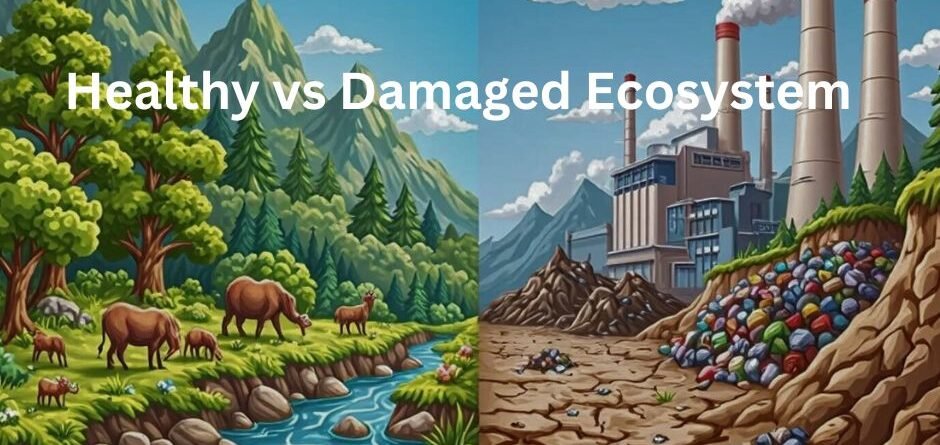





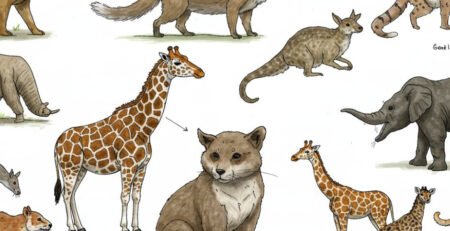
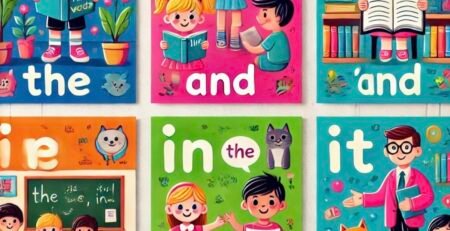
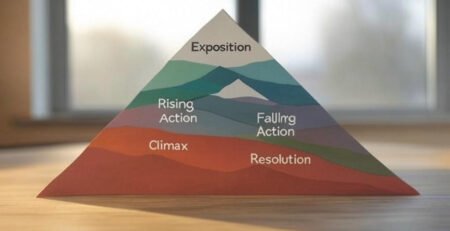
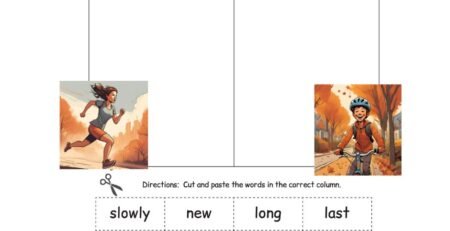

LEAVE A COMMENT